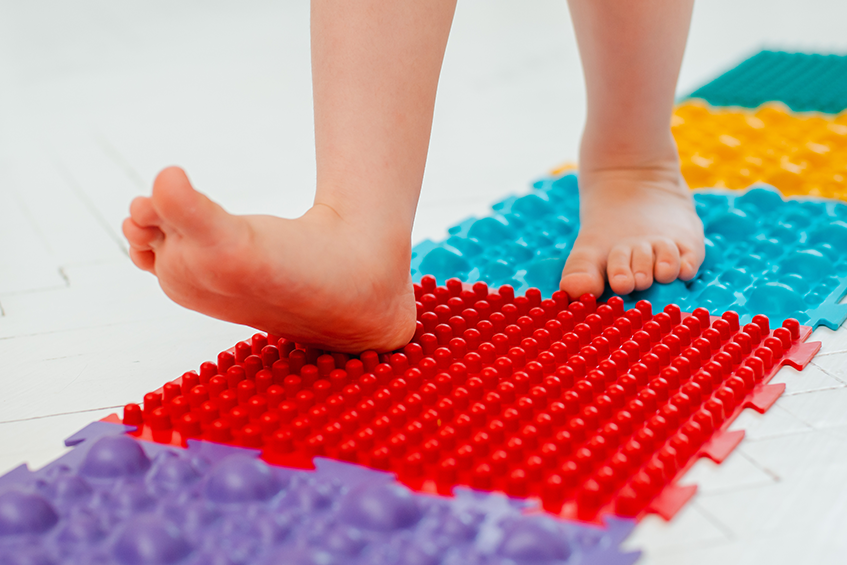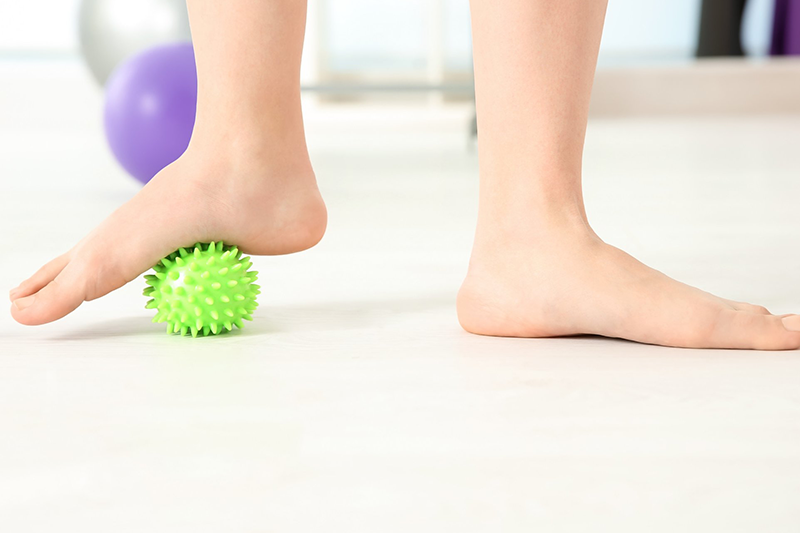
What's to know about flat feet?
What are flat feet?
Flat feet occur when a person has a very low or non-existent arch in the foot.
A human foot has 33 joints, which hold 26 different bones together. It also has over 100 muscles, tendons, and ligaments. The arches provide a spring to the step and help to distribute body weight across the feet and legs. The structure of the arches determines how a person walks. The arches need to be both sturdy and flexible to adapt to stress and a variety of surfaces. When people have flat feet, their feet may roll to the inner side when they are standing and walking. This is known as overpronation, and it may also cause the feet to point outward. Many people with flat feet have no symptoms, but others will experience a variety of symptoms that generally depend on the severity of the condition.

Symptoms
The most common symptom of flat feet is pain in the feet or anywhere in the lower limbs or back. This can occur as a result of strained muscles and connecting ligaments.
Abnormal stresses on the knee and hip may result in pain in these joints.
Pain most commonly affects the following parts of the body:
- Arch of the foot/top of the foot
- Calf
- Knee
- Hip
- Lower back
- Lower leg
- Ankle
One or both feet may also feel stiff.
Flat feet can also cause an uneven distribution of body weight. This may result in shoes wearing down unevenly or more quickly than usual, especially on one side, which can lead to further injuries.
Causes
Common causes of flat feet include:
- Genetic factors, as flat feet can pass from parents to children in the genes
- Weak arches, meaning that the arch is visible when a person sits but the foot flattens onto the ground when they stand
- Foot or ankle injury
- Arthritis or rheumatoid arthritis
- Damage, dysfunction, or rupture of the posterior tibial tendon
- Nervous system or muscle diseases, such as cerebral palsy, muscular dystrophy, or spina bifida
Another condition that might cause flat feet is tarsal coalition. This condition causes the bones of the foot to fuse together unusually, resulting in stiff and flat feet.
Pediatricians usually diagnose this condition during childhood.
People are more likely to develop flat feet if they have obesity. When obesity is the cause of flat feet, losing weight might improve the symptoms. Flat feet are also more common during pregnancy.
Flat feet can develop with age too. Daily use of the feet can cause the posterior tibial tendon to weaken. This tendon is the primary support structure for the foot arch.
The tendon can become inflamed, called tendonitis, or tear after overuse. Damage to the tendon may cause the foot arch to flatten.
Flat feet can also occur as a result of a developmental fault that occurs during childhood or that develops with age or after pregnancy.

Treatment
Some people with flat feet may automatically align their limbs in a way that prevents symptoms. If flat feet are causing pain, then supportive, well-fitted shoes can help. Extra-wide-fitting shoes can provide relief.
Fitted insoles and orthotics or custom-designed arch supports may relieve pressure on the arch and reduce pain if the feet roll too far inward. Wearing an ankle brace may also be beneficial until the inflammation reduces. Doctors may advise some people to rest until their symptoms improve and to avoid activities that might aggravate the foot or feet.
A person with arthritis or a ruptured tendon might find that a combination of an insole and pain relievers can minimize their symptoms. If these do not work, surgery may be necessary.
Some bones do not develop properly in childhood, which can result in flat feet from birth continuing into adulthood. In these rare cases, surgical intervention may be necessary to separate fused bones.
References:
Medically reviewed by William Morrison, M.D. on July
27, 2018 — Written by Adam Felman
Medically reviewed by William Morrison, M.D. on July
27, 2018 — Written by Adam Felman
